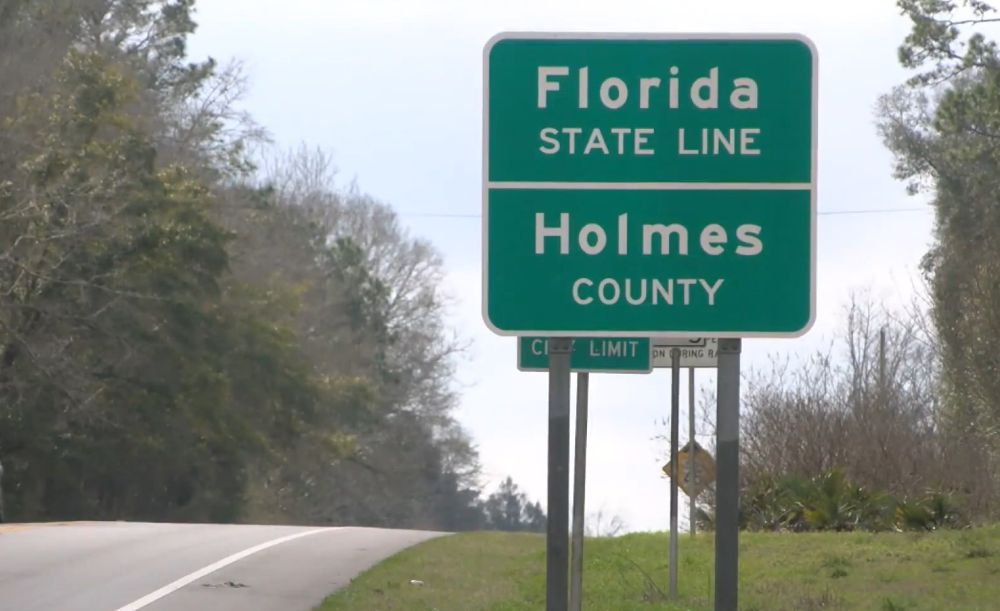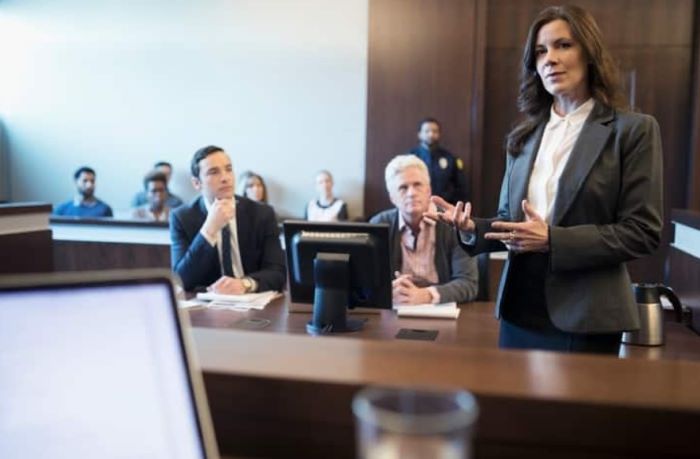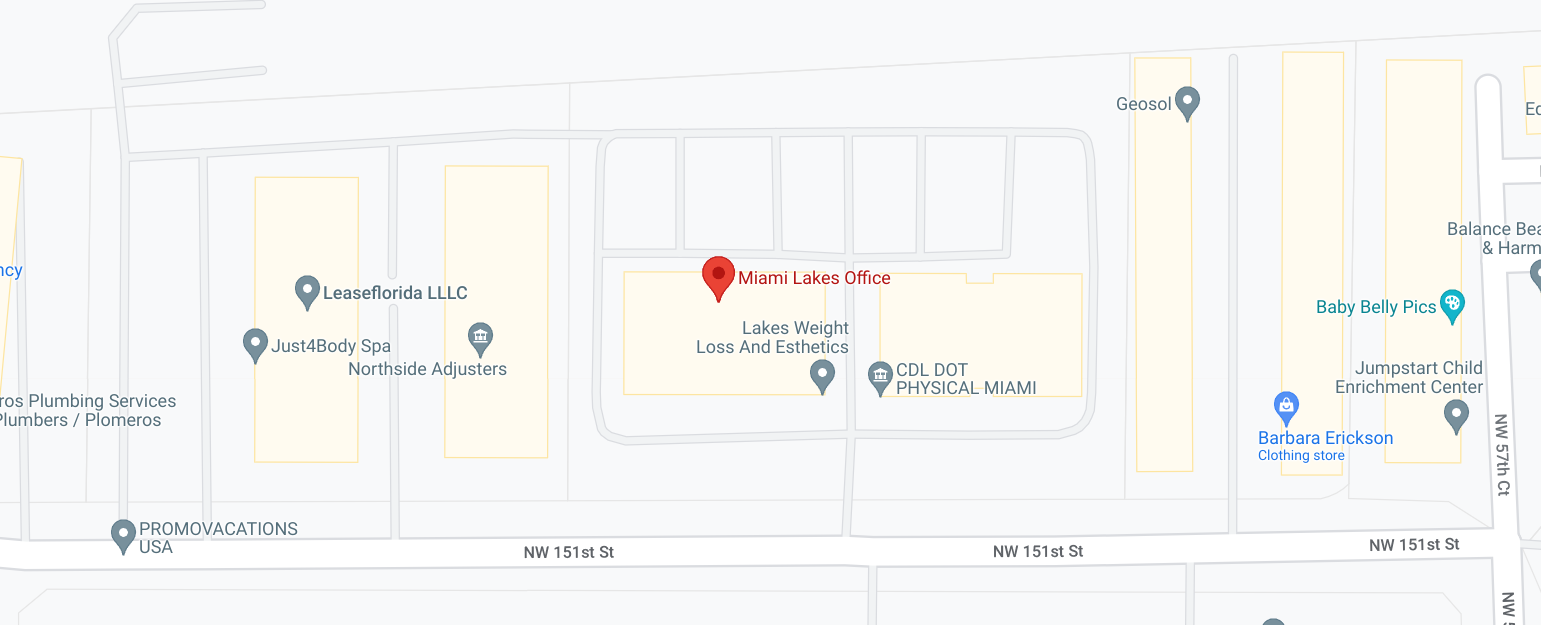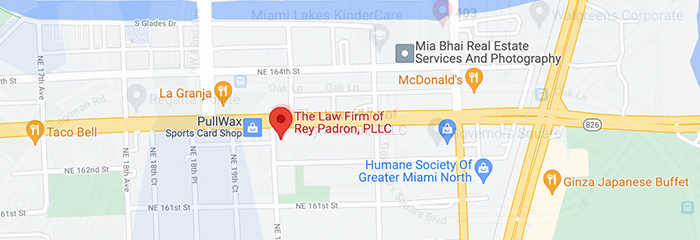When you’re preparing to meet with a car accident attorney in Miami, the conversation isn’t just about telling your side of the story; it’s about proving it. And in personal injury law, proof doesn’t come from memory alone; it comes from documents. What many people underestimate is how the right documents can dramatically change the trajectory of a case, sometimes even before it begins.
Attorneys in Miami see a range of documentation habits from clients: some arrive with a single crumpled police report, others with meticulously organized folders of receipts, medical charts, and photos. The difference between those two starting points can mean weeks saved in building a case and thousands of dollars in negotiating power.
Why Documentation Matters More Than Ever
Florida’s personal injury laws have evolved, and with them, the way insurers assess claims has grown increasingly data-driven. Adjusters rely on documentation to justify or deny payouts, and the absence of certain records often gives them leverage to minimize settlements.
This isn’t about overwhelming your lawyer with paper; it’s about supplying the puzzle pieces that allow them to create a compelling, verifiable narrative. From proving fault to quantifying damages, every page you provide reduces the guesswork and increases your attorney’s ability to negotiate effectively.

The Core Categories of Documentation
While every case is unique, Miami car accident lawyers consistently look for several key types of documents during that initial consultation. Police reports remain foundational, but they are rarely enough. Medical records (including diagnostic tests, physician notes, and therapy schedules) show the scope and progression of injuries.
Then there are repair invoices, photographs from the accident scene, dashcam footage, and correspondence with insurance adjusters each tells part of the story, each adds credibility. In cases involving lost income, pay stubs and employer verification letters become equally important.
Why “Too Much” Is Better Than “Too Little”
Some clients worry about over-preparing, bringing stacks of papers they fear are irrelevant. In practice, excess documentation is rarely a problem; experienced attorneys can quickly identify what’s essential and what isn’t. Missing documents, on the other hand, often delay the investigation or force your lawyer to spend valuable time tracking down information that could have been handed over on day one.
Think of it this way: your first meeting isn’t just an introduction, it’s the start of a clock. Evidence like security footage or eyewitness contact details may have a shelf life. The sooner your lawyer has a full view of the landscape, the sooner they can preserve what matters most.
Digital vs. Physical: Does Format Matter?
Today’s car accident claims in Miami often involve both paper and digital documentation. Hospitals may issue PDFs, while body shop receipts might still be handwritten. Don’t stress over format. What matters is accessibility. Email attachments, cloud folders, and even smartphone photo albums can all become part of your evidence file.
However, be cautious with social media documentation. Screenshots of posts or comments related to the accident may be relevant, but unfiltered sharing online can also harm your case if insurers use them out of context. Always ask your attorney before circulating or posting about your claim.
The Documents That Clients Forget Most
Beyond the obvious (police reports, medical bills), there are categories of documents clients frequently overlook:
– Prescription receipts and over-the-counter medication logs that reflect ongoing pain management.
– Journals or notes about daily limitations, missed events, or changes in mood and activity levels.
– Communication records with employers about missed shifts, altered schedules, or job loss.
– Rideshare or public transport receipts if your car was out of commission and you incurred alternative travel costs.
Each of these might seem minor in isolation, but together they paint a fuller picture of damage.

Setting the Stage for Negotiation
The documentation you provide doesn’t just help your lawyer build a case; it sets the tone for how negotiations unfold later. A file that demonstrates consistency, thoroughness, and verifiable losses makes it far harder for an insurance adjuster to dismiss or undervalue your claim.
Lawyers often say that insurers calculate settlements based not only on the injuries themselves but also on how prepared the claimant appears to fight for them. Organized documentation signals that you and your attorney are ready to push back if necessary.
Building a Partnership From the Start
Meeting with your lawyer isn’t a one-time handoff of documents; it’s the beginning of a partnership. The more open and transparent you are about what you have and what you may still need to locate the more strategically your attorney can act.
If certain documents are missing, an experienced lawyer can issue requests, subpoenas, or coordinate with providers to secure them. But those steps take time, and in Florida’s legal climate, where statutes of limitations and filing windows can be strict, time is leverage you don’t want to waste.
Why Documentation Reflects Your Credibility
One underappreciated aspect of providing thorough documentation is how it reflects on your credibility as a client. Insurers scrutinize claimants as much as they scrutinize evidence. Someone who arrives unprepared or inconsistent may inadvertently signal that their account will be harder to verify.
Conversely, a claimant who brings organized, dated, and cross-referenced materials demonstrates that they take their recovery and their claim seriously. This subtle factor often affects how cooperative insurers become during settlement talks.
Preparing Without Overcomplicating
So how do you balance thoroughness with practicality? Start with the essentials, make a checklist of what’s missing, and communicate that to your lawyer upfront. Many Miami attorneys provide intake forms or digital portals where clients can upload files progressively.
The key is to avoid a mindset of “I’ll wait until I have everything.” Even partial documentation can help your lawyer launch the process, request what’s missing, and begin building leverage. Waiting for perfection often costs more than starting with what you have.
Where to Start
If you’re unsure where to begin, consider this: your attorney’s role is to connect the dots, but they can only do that with the pieces you bring. Begin with the basics: official reports, medical records, correspondence and add context as you go. A reliable attorney will guide you through refining this collection into a compelling case file.
If you need a reference point for what to bring or how to organize it, many legal professionals offer free consultations precisely to review your readiness. Asking early questions about documents to prepare for your lawyer is not a sign of inexperience; it’s a sign you understand how to maximize your claim before the first negotiation ever begins.
Sometimes, the strength of your car accident claim isn’t decided in a courtroom or at the negotiation table; it’s decided in the quiet hours before your first legal meeting, when you choose to gather, organize, and hand over the evidence that tells your story best.












